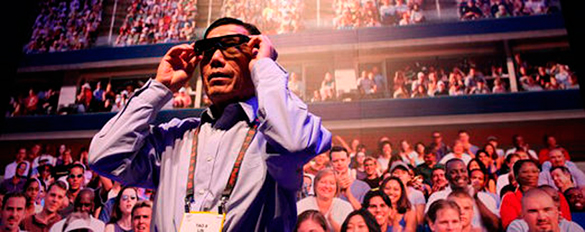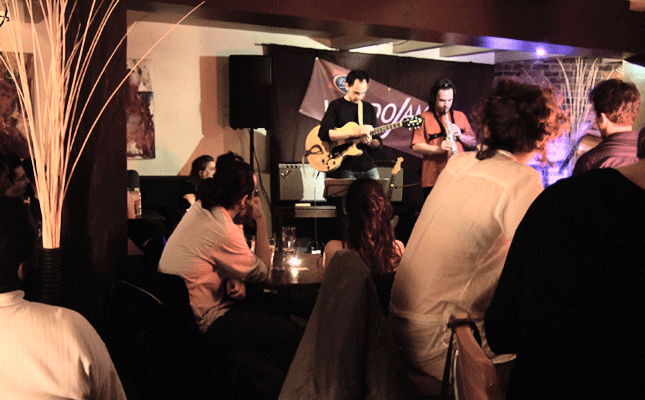
Source: By Daisuke Wakabayashi, The Wall Street Jurnal
Panasonic said it is working closely with the Japanese government to establish an international set of rules to govern healthy approaches to displaying 3-D images, a move aimed at assuaging concerns about potential negative side effects of the technology.
At the Consumer Electronics Show in Las Vegas, Panasonic President Fumio Ohtsubo said it has already started the process of establishing broad 3-D health and safety guidelines for electronics manufacturers, content makers and broadcasters.
While there is no medical evidence to link 3-D with health-related side effects, questions about the technology have arisen in the wake of a warning from videogame console maker Nintendo Ltd. that cautioned 3-D games on its upcoming 3DS handheld could potentially damage the eyesight of children six years old and younger.
On Wednesday, LG Display, the liquid crystal display making-unit of LG Electronics Co., said it is changing its 3-D technology to address concerns that the current industry-standard approach could be a contributing factor to 3-D related illness and discomfort.
LG Display said it has started to adopt an alternative method that involves placing a film on the screen and using polarized, passive glasses to view 3-D images. This runs contrary to the active-shutter glasses favored by Samsung Electronics Co., Sony Corp. and Panasonic.
Ten companies have signed up to use LG’s film-patterned-retarder, or FPR, technology, raising concern that 3-D technology could be facing a standards battle. Past standards wars have hurt the industry, because they can lead to confusion among consumers who often choose to wait for a dominant standard to emerge.
Backers of active-shutter glasses say this approach allows for the best picture quality, while critics argue that passive glasses are cheaper, lighter and don’t need charging. LG raised the stakes by suggesting possible health issues linked to using active-shutter glasses.
LG said it plans to stop making screens that work with active-shutter glasses, even though it introduced those panels just a year ago.
On Wednesday, LG officials said the battery-operated glasses, which rapidly open and close slats to create the illusion of depth, cause blurred pictures and flicker, a contributing factor to the dizziness, nausea and even more serious issues like “photosensitive epilepsy” experienced by some viewers of 3-D.
Panasonic’s Mr. Ohtsubo said regardless of which technology approach, the industry has to address the concerns about 3-D.
“Whenever a new product enters the market, all sorts of challenges arise. Regardless of whether it is active-shutter glasses or the passive type, there are worries that 3-D makes people feel ill or that it’s not safe for children,” he said. “In conjunction with the Japanese government, we are discussing ways to establish an international standard for healthy viewing of 3-D.”
He said establishing such rules are critical to expanding the reach of 3-D, but did not specify what rules Panasonic and the Japanese government were considering.
“We have already started the process of making the rules,” Mr. Ohtsubo said. “It will start in Japan but it will go global.”
The company still believes active-shutter glasses create the best 3-D experience for users and it will continue to back that format, he said.
“In the history of the audio-visual industry, there have never been two or three methods that have co-existed,” Mr. Ohtsubo said. “At some point, a de facto standard will emerge.”
Panasonic remains bullish about 3-D, saying it expects the total 3-D television market to reach four million units worldwide in the year to March, more than double the company’s initial projections. Mr. Ohtsubo said he expects the market to grow rapidly in the coming fiscal year before seeing an explosion in demand in the fiscal year ending March 2013.



